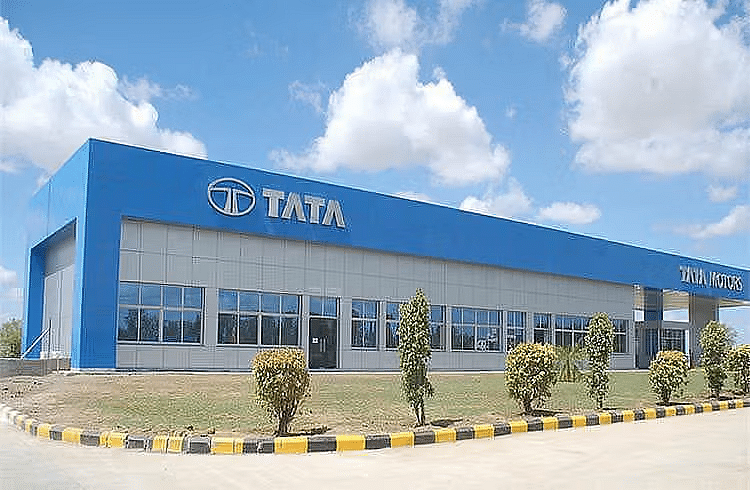India’s Electric Two-Wheeler Market: A Battleground for Legacy and Startup Players
The Indian electric two-wheeler (E2W) market is witnessing a dynamic clash between established automotive giants and agile startups, each vying for dominance in this rapidly expanding sector. While legacy players bring their manufacturing prowess, extensive distribution networks, and brand recognition to the table, startups are disrupting the market with innovative designs, cutting-edge technology, and a focus on niche customer segments. This competition is shaping the future of mobility in India, prompting questions about whether established manufacturers can leverage their advantages to squeeze out the newer entrants or if the startups’ agility will allow them to carve out a significant market share.
Legacy automakers, with their decades of experience in vehicle production, possess a distinct advantage in scaling manufacturing operations. They have established supply chains, robust manufacturing facilities, and the financial resources to invest heavily in research and development. This allows them to ramp up production quickly to meet the growing demand for E2Ws. Moreover, their extensive dealership networks provide a wider reach across the country, offering customers convenient access to sales and after-sales services. The familiarity and trust associated with established brands further bolster their position in the market.
Startups, on the other hand, are challenging the status quo by introducing innovative E2W models with advanced features and technology. They are often quicker to adopt new battery technologies, explore unconventional designs, and integrate smart features into their vehicles. Their focus on specific customer segments, such as urban commuters or delivery services, allows them to tailor their products to meet specific needs and preferences. This agility and customer-centric approach enable startups to capture niche markets and build a loyal customer base.
However, startups face significant hurdles in competing with the deep pockets and established infrastructure of legacy players. Access to capital remains a major challenge, particularly in the capital-intensive automotive industry. Building a robust distribution and service network also requires substantial investment, which can be a barrier for resource-constrained startups. Furthermore, competing with the marketing muscle and brand recognition of established players requires innovative marketing strategies and building trust with consumers.
The competition between legacy players and startups is ultimately beneficial for the Indian E2W market. It fosters innovation, drives down prices, and provides consumers with a wider range of choices. The market is likely to evolve into a hybrid landscape, where both legacy players and startups coexist, catering to different segments and offering diverse product portfolios. Legacy players will need to embrace innovation and adapt to the changing market dynamics to maintain their competitiveness, while startups will need to scale their operations and build robust business models to survive and thrive in the long run.
The government’s push for electric mobility through various policy initiatives, including subsidies and tax benefits, is further accelerating the growth of the E2W market. This supportive policy environment provides opportunities for both legacy players and startups to expand their presence and contribute to the transition towards sustainable transportation. The future of the Indian E2W market will depend on several factors, including technological advancements, consumer preferences, and the evolving regulatory landscape. However, one thing is certain: the battle for market share will continue to intensify, shaping the future of mobility in India and driving the country towards a greener future.
In conclusion, while legacy players possess significant advantages in terms of resources and infrastructure, startups are proving to be formidable competitors, leveraging their agility and innovation to disrupt the market. The Indian E2W market is poised for significant growth, and the competition between these two forces will ultimately benefit consumers and drive the adoption of electric mobility. The question of whether legacy players can squeeze out startups remains open, but the dynamic interplay between these two groups will undoubtedly shape the future of the Indian E2W landscape. The coming years will be crucial in determining which players emerge as leaders in this exciting and evolving market.


